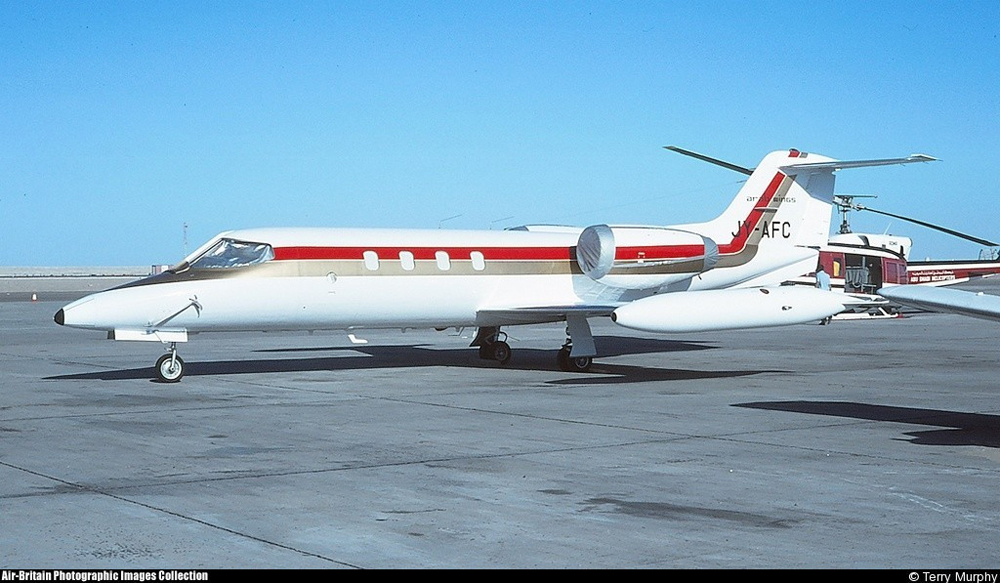Crash of a Learjet 36 in Monroe: 2 killed
Date & Time:
Jan 8, 1988 at 0519 LT
Registration:
N79SF
Survivors:
No
Schedule:
Memphis - Monroe
MSN:
36-041
YOM:
1978
Crew on board:
2
Crew fatalities:
Pax on board:
0
Pax fatalities:
Other fatalities:
Total fatalities:
2
Captain / Total hours on type:
528.00
Copilot / Total hours on type:
8
Aircraft flight hours:
3039
Circumstances:
The crew was executing the ILS approach and had turned back inbound on the procedure turn to the outer marker when the copilot stated they were 5.9 DME in a calm voice with no indication of a problem. Impact with the ground occurred at about 5.9 DME, approximately 10 statute miles from the airport, while the aircraft was in a slight nose up, slight right wing down attitude, with a high vertical rate of descent, and a high forward speed. The aircraft was demolished. No evidence of a pre-impact failure or malfunction of the aircraft or its systems could be found. The copilot was not rated in the aircraft and had logged a total of 7.9 hours of jet time in his personal logbook.
Probable cause:
Occurrence #1: in flight collision with terrain/water
Phase of operation: approach - iaf to faf/outer marker (ifr)
Findings
1. (c) descent - excessive - pilot in command
2. (f) inattentive - pilot in command
3. (c) level off - not performed - pilot in command
4. (f) lack of total experience in type of aircraft - copilot/second pilot
Phase of operation: approach - iaf to faf/outer marker (ifr)
Findings
1. (c) descent - excessive - pilot in command
2. (f) inattentive - pilot in command
3. (c) level off - not performed - pilot in command
4. (f) lack of total experience in type of aircraft - copilot/second pilot
Final Report:




